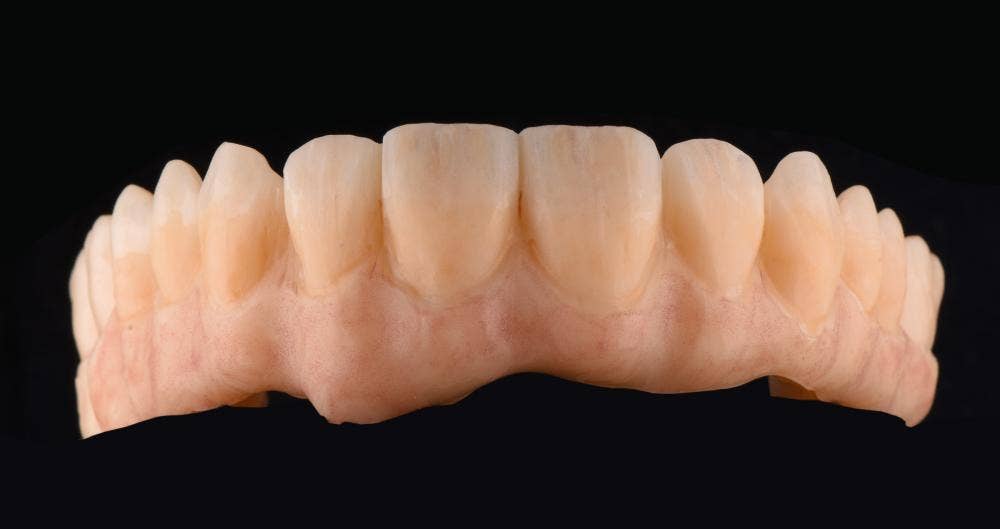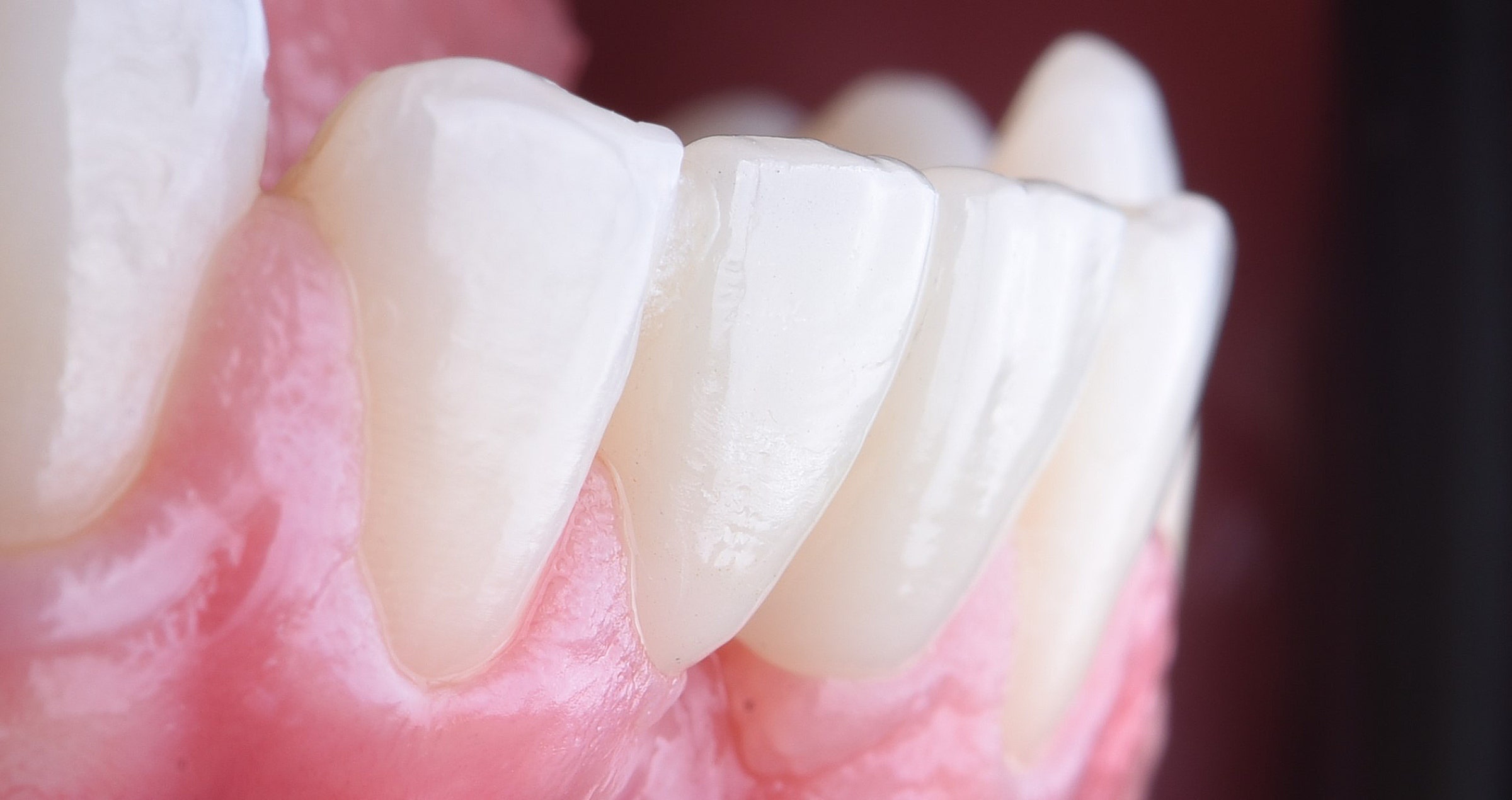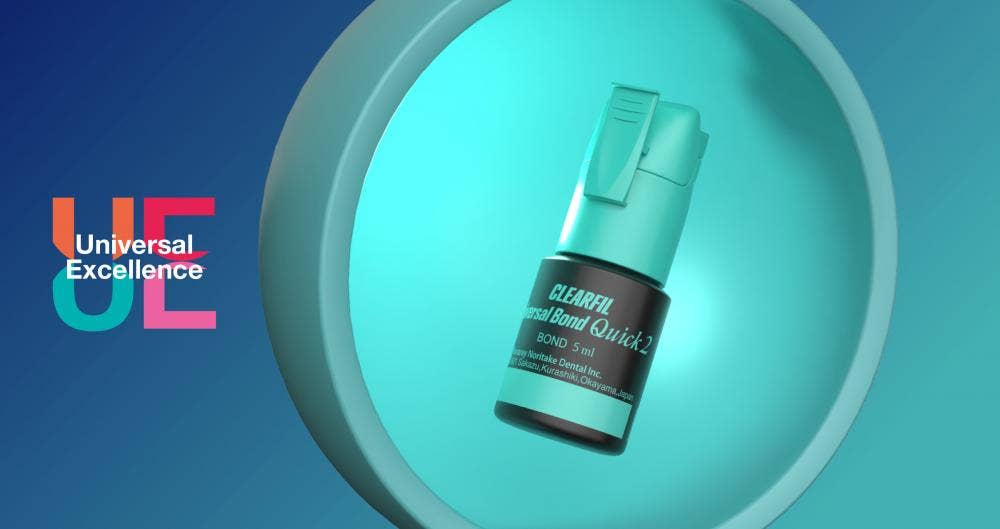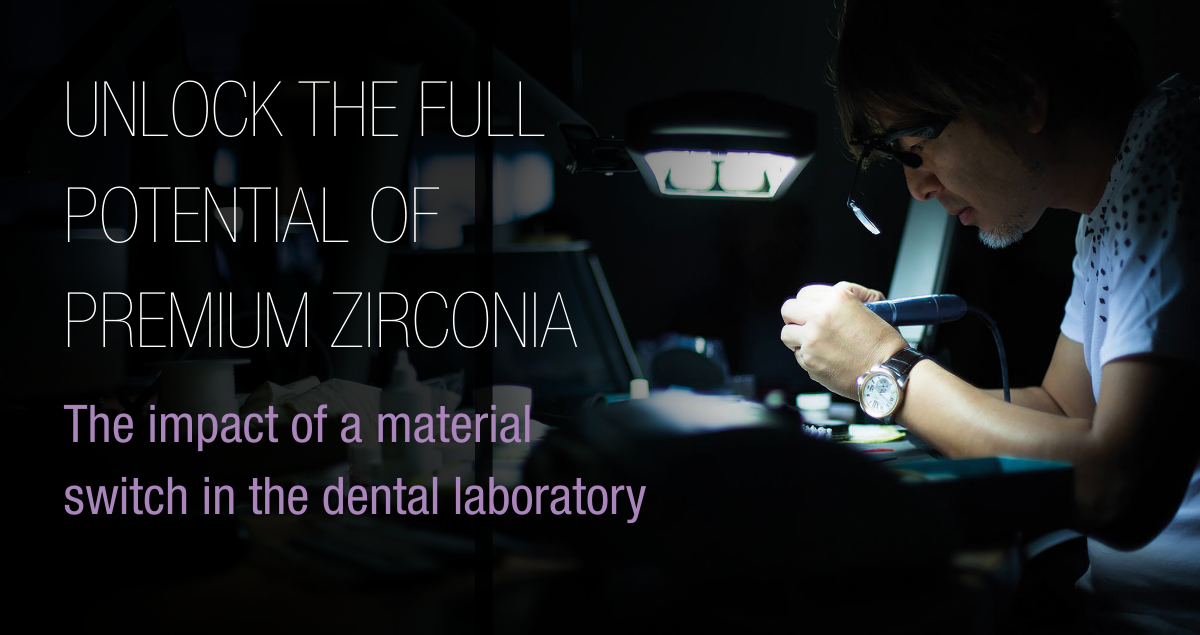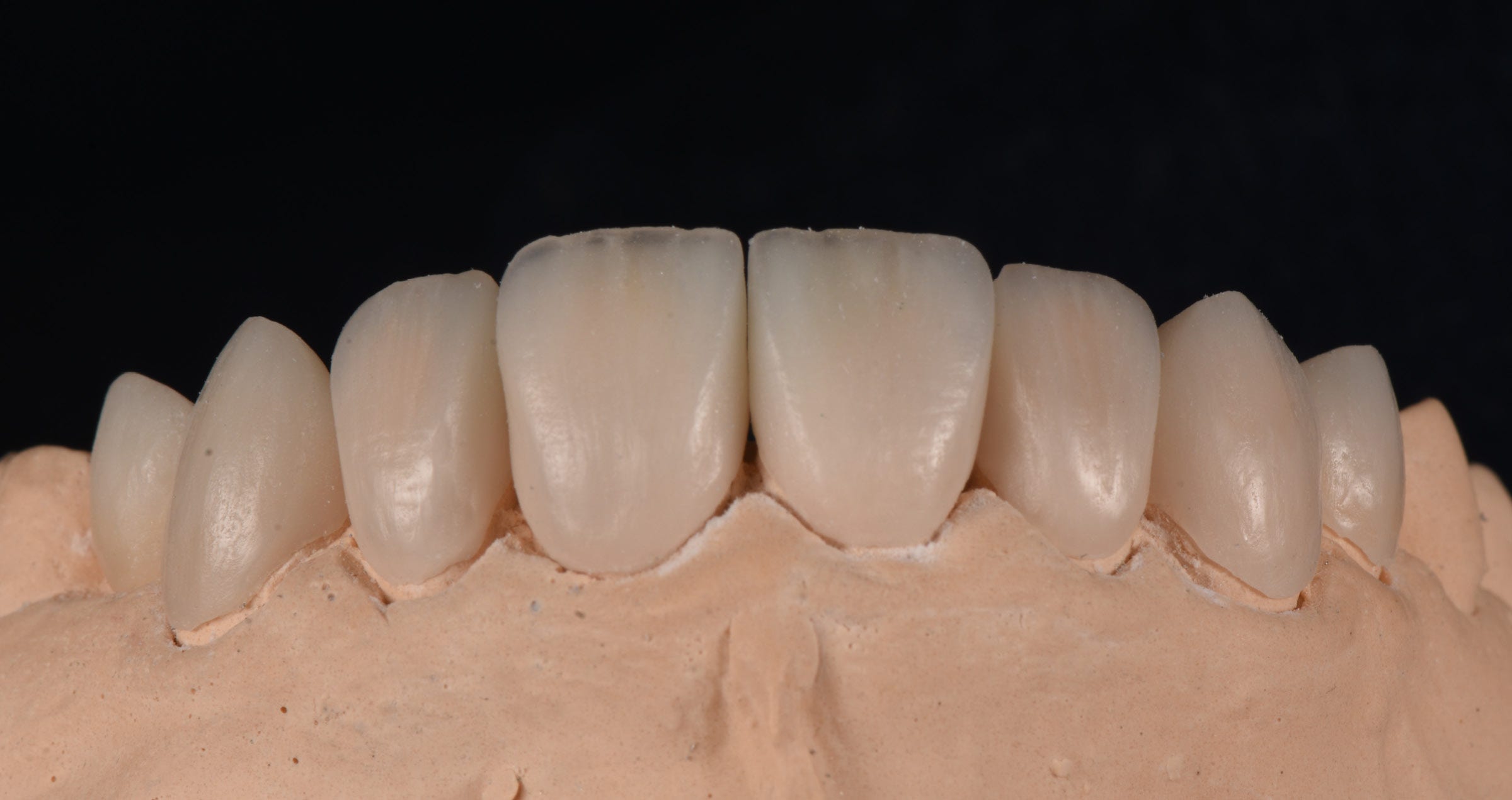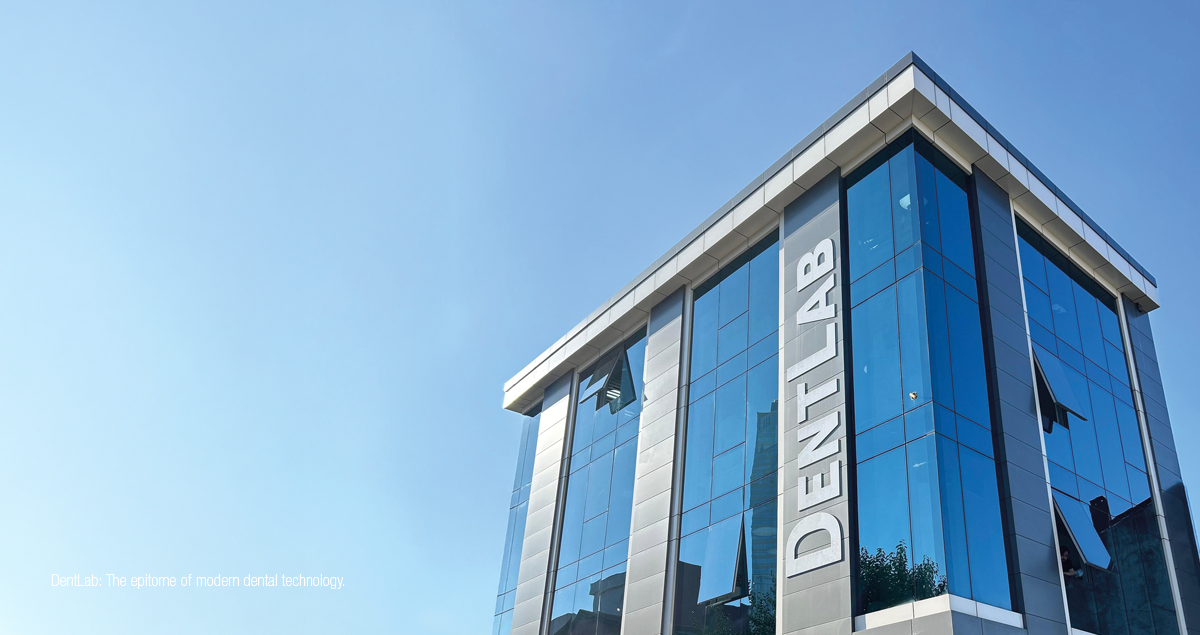
Digital workflows in dentistry and the future of dental care
Interview with Dr. Efe Celebi
In March 2024, Dr Ahmad Al-Hassiny, Director of the Institute of Digital Dentistry, shared his observations from LMT Lab Day 2024 in Chicago, noting that over 90 percent of U.S. dental laboratories and nearly 50 percent of dental practices have already adopted digital technologies and workflows. These advancements streamline the production of dental models, restorations across various materials, and much more.
Our company Kuraray Noritake Dental Inc. is dedicated not only to developing high-quality products and constantly adapting them to the needs of dentistry, but also to streamlining procedures in the dental laboratory and practice. Aiming to understand the current needs of dental technicians and dental practitioners around the world to provide what would really make a difference, we are in close dialogue with experts in the field. We love to listen to their stories, learn how digital technologies and artificial intelligence are already transforming dental procedures and see how we can contribute to a smooth transition – e.g. with products that support efficient workflows and great outcomes.
Lately, we had the chance to sit down with a leading figure in Turkey’s digital dentistry transformation, Dr Efe Celebi, to discuss the current landscape and future of digital innovation in dentistry. Being convinced that his experience is worth being shared with a broader audience, we have summarized the conversation.
Dr. Celebi, you’re known as a pioneer in digital dentistry. What drove you to establish companies with a strong digital focus?
As the founder of Dentgroup, Turkey’s largest Dental Service Organization (DSO), I have always believed in the power of digital dentistry. My goal was to establish digital workflows for producing indirect restorations, beginning with intraoral scanning at our practices. Initially, we sought laboratory partners in Turkey willing to make this transition with us. But at that time, none of our partner labs were prepared to take the leap, so we decided to build our own. Digitalization, after all, is simplifying work in almost every field, and dentistry is no exception. So, in 2015, we founded DentLab to provide cutting-edge digital laboratory services.
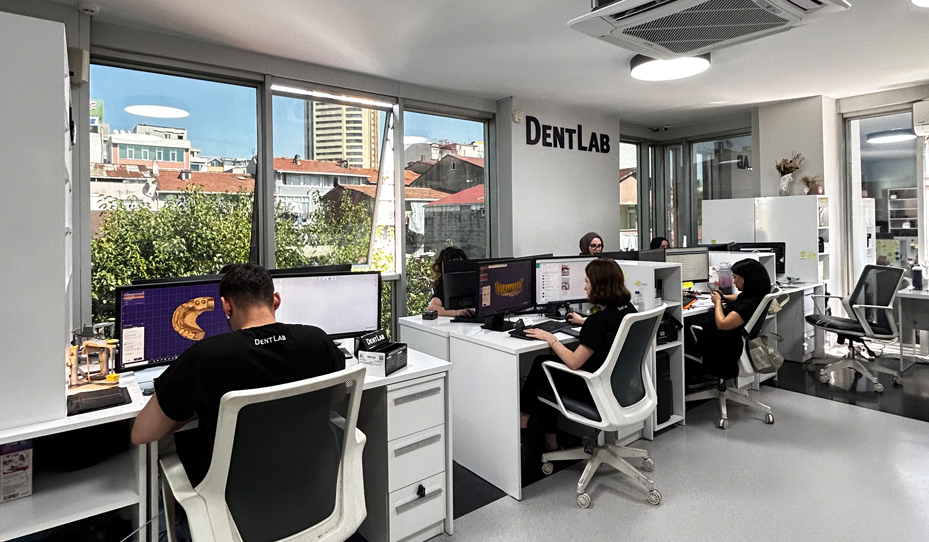
How did you go about implementing digital workflows?
From the very beginning, we aimed to digitize every aspect of our work—from production to data management and communication. Our practices already used our own practice management software, DentSoft, successfully. To connect our clinics with the lab, we developed a specialized lab module. This allowed our dental practitioners to submit every order electronically. It was a huge improvement over the old process, where forms with sketches were mailed physically, just as it had been in in the old days. Now, practitioners can select the teeth in need of treatment, specify restoration colour and design, and upload radiographs, photos, and intraoral scans with just a few clicks. Over time, we have continuously enhanced communication features between clinics and labs, adding things like delivery date notifications for orders, so patients can book their next appointment before they even leave the clinic. These tools have greatly improved coordination between our dentists and lab technicians.
How is communication organized in the software?
We created a chat-style communication area where different team members can talk, with all records saved and accessible to anyone involved in a treatment. This setup is a major improvement over phone calls, as every detail—from treatment notes to radiographs and photos—is stored and easy to reference. We even enabled practitioners to rate the products they receive, and every necessary remake is documented along with the responsible technician. This feedback system has allowed us to maintain high-quality standards, identify issues, and provide targeted training where needed.
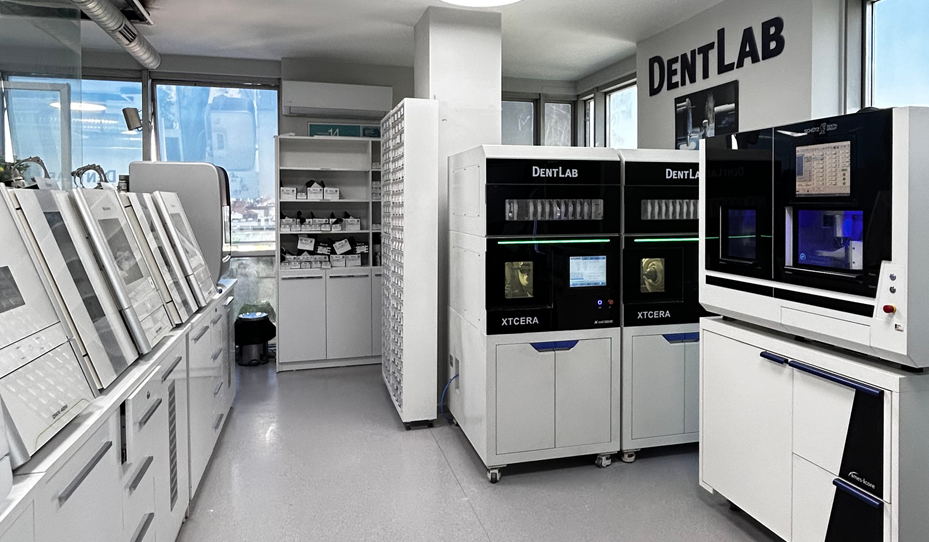
Modern digital technologies used at DentLab to provide cutting-edge digital laboratory services.
Have you made other improvements in workflow and communication between clinics and laboratories?
DentLab initially served Dentgroup practices exclusively, but we eventually opened its services to other clinics. In this context, we set standards for incoming orders—from the required data to impression quality. If an order does not meet these standards, we reserve the right to reject it, explaining why, so the submitter can improve. We also implemented a loyalty programme and developed a special, trackable package with a QR code to prevent loss of items in transit. This innovation lets both the team in the lab and the clinic track each package’s location in real time, solving a common logistical challenge. We have even patented this unique packaging system.
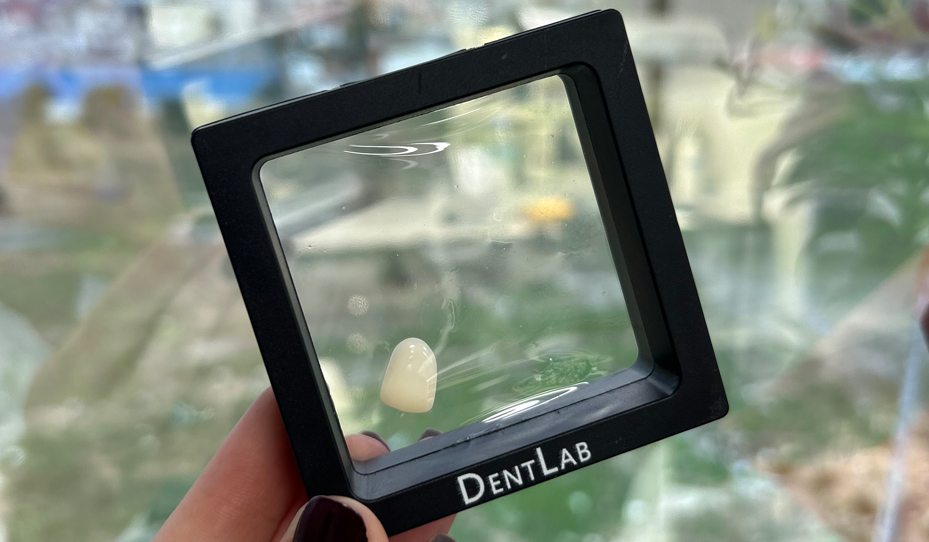
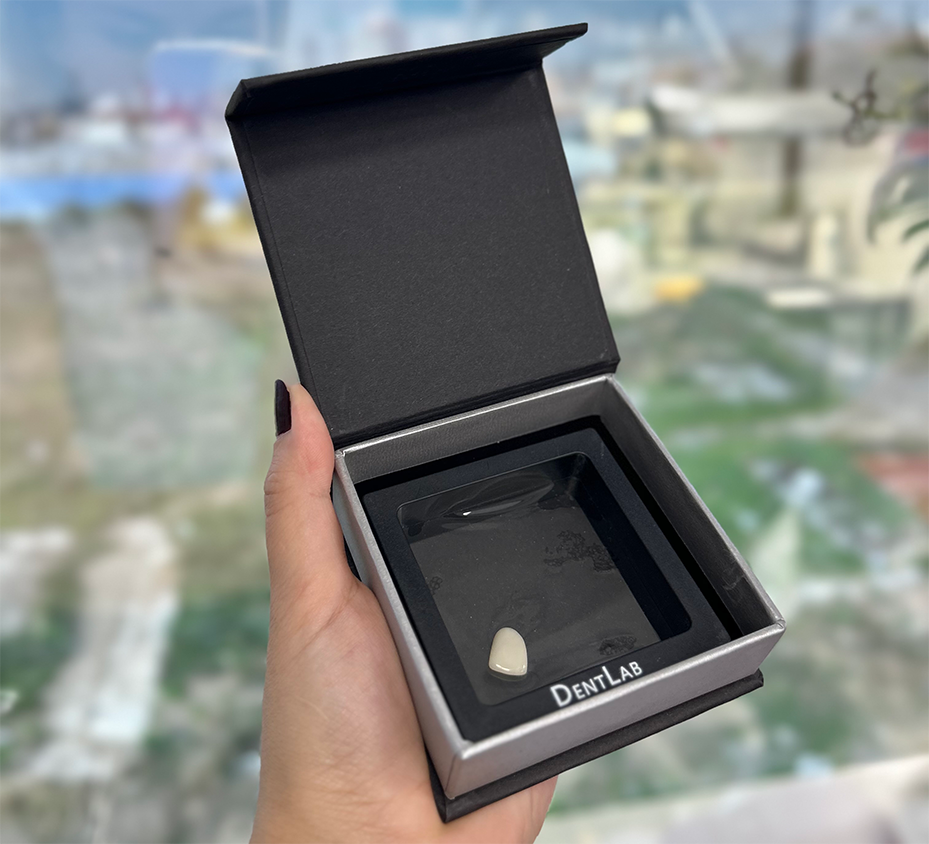
Unique patented delivery box used at DentLab to prevent loss of items.
Do you provide guidance on materials and tools for clinics?
Yes, as part of our commitment to quality, we recommend specific intraoral scanners and even distribute them to customers outside our network. We also advise clinics on material choices, pre-treatment needs, and compatible resin cements for permanent placement of the produced restorations. Our protocols cover the entire restorative procedure. For aesthetic cases, we recommend starting with a smile design and using mock-ups. The mock-up evaluation lets practitioners and patients provide feedback, so the responsible lab technician can produce the final restoration with precision.
With digital workflows so well-established, do you think technicians still benefit from meeting patients face-to-face?
Not necessarily. Occasionally, a dentist may request a patient visit the lab, and we accommodate this. However, digitalization has made physical distance irrelevant, as clinics and labs can now work seamlessly from anywhere. In fact, we serve offices in Europe without any face-to-face interactions between patients and lab technicians. For patients, especially in a city like Istanbul, avoiding long travel times is a big plus, while we can still ensure high-quality outcomes.
Would you say digitalization has improved treatment quality overall?
Absolutely. There is a learning curve to digital processes, but once practitioners adjust, the quality is noticeably higher. In traditional workflows, practitioners might bend the rules, asking technicians to work with suboptimal impressions, for example. Digital systems do not allow for such shortcuts; preparation quality is clear from the scan, and impression errors can be corrected instantly before submitting to the lab. Additionally, digital scans will never shrink, distort, or tear during production, unlike physical impressions.
What are the main challenges associated with digital dentistry today?
The biggest challenge is simply taking the first step. Dentistry has been hesitant to change after decades of doing things the same way. Going digital requires an investment in both time and money. But those who make the switch find the rewards—better outcomes and more efficient procedures—well worth it.
What is next for digital dentistry?
With AI advancing quickly, the field is evolving in exciting ways. Today, we can combine digital impressions, facial scans, photographs, and 3D imaging to create a “virtual patient”. Some clinics are already using software to analyze digital data, like dental X-rays, and I predict that robot-assisted or even autonomous clinical procedures are on the horizon. Imagine robot arms taking impressions or patients scanning their own teeth with smartphones. Impression-taking procedures carried out at home already support aligner treatments in some cases. As these technologies advance, the need for dental assistants will likely decrease. The digital future for dentistry is incredibly promising, filled with tools that can transform patient care and practice efficiency on a global scale.
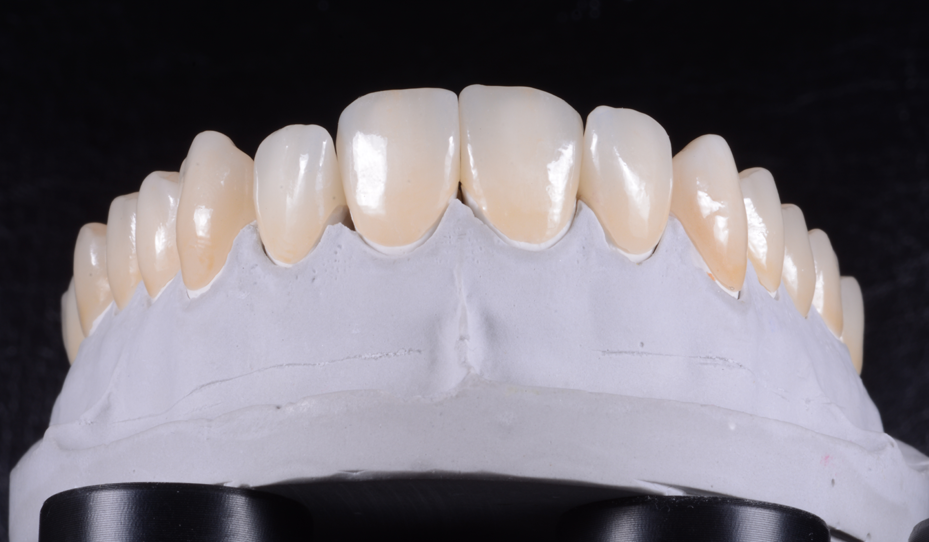
Example of beautiful, precisely fitting all-ceramic restorations produced at DentLab.
- 28. jaan 2025


